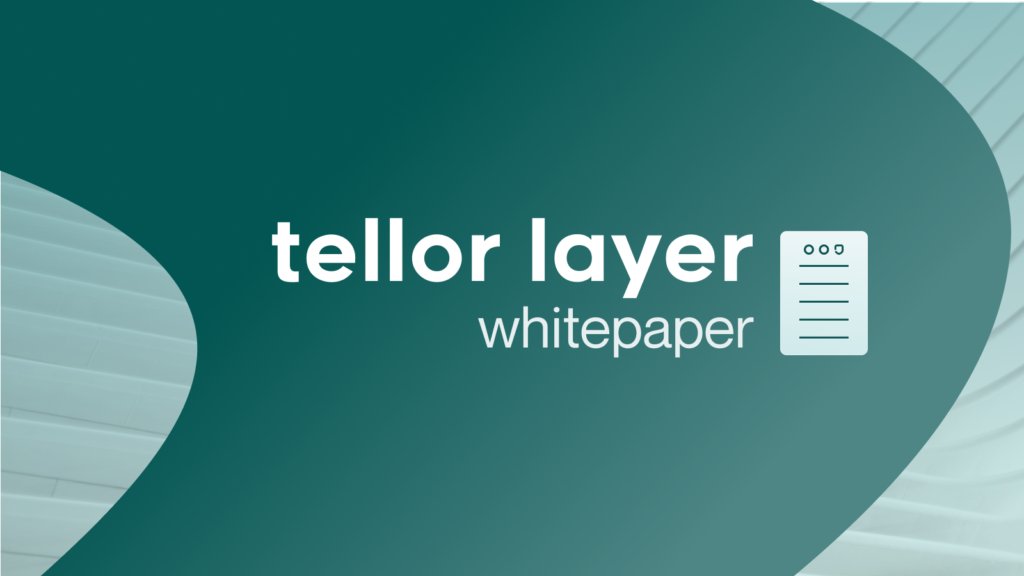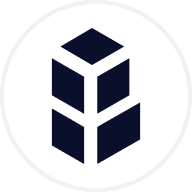Tellor (TRB) – це унікальний проєкт в динамічному світі криптовалют, який фокусується на децентралізованих оракулах і надійній передачі даних для екосистем блокчейну. Інноваційний підхід та потужна інфраструктура зробили Tellor ключовим гравцем, який надає точні та захищені від підробки потоки даних для децентралізованих додатків (Dapps) та смартконтрактів.
Що таке Tellor?
Tellor – це децентралізована платформа-оракул, розроблена на блокчейні Ethereum. Оракул забезпечує зв'язок між внутрішніми та зовнішніми даними, надаючи зовнішню інформацію для смартконтрактів. Основна мета Tellor – полегшити безпечний доступ до високоякісних, надійних даних для DApps. Завдяки мережі незалежних майнерів, Tellor забезпечує точність, надійність і стійкість до маніпуляцій зі своїми даними.
Команда Tellor
Проєкт Tellor був заснований Бренданом Коберном і Ніком Феттом, які визначили потребу в децентралізованому рішенні оракулі, що сприятиме розширенню блокчейн-екосистеми. Завдяки команді кваліфікованих розробників та пристрасних блокчейн-ентузіастів, Tellor здобув значне визнання і став помітною фігурою в домені Oracle. Відданість команди прозорості, безпеці та активному залученню спільноти була вирішальною для досягнень проєкту.
Як працює Tellor?
Tellor використовує особливий механізм консенсусу, відомий як Proof of Work Oracle (PoWo), який поєднує в собі риси як майнінгу Proof of Work, так і децентралізованих оракулів. В рамках консенсусу PoWo майнери змагаються за вирішення обчислювальних головоломок і передають точки даних в смартконтракт Tellor. Потім ці дані агрегуються, визначається найточніше значення і стає доступним для Dapps і смартконтрактів.
TRB: нативний токен Tellor
TRB – це утиліті токен екосистеми Tellor, який відіграє життєво важливу роль в управлінні мережею, стимулюванні майнерів і доступі до потоків даних. Власники TRB мають право голосу при оновленні системи, зміні параметрів і вдосконаленні, забезпечуючи децентралізований процес прийняття рішень. Крім того, TRB використовуються як забезпечення для стейкінгу та участі в механізмі консенсусу, що підвищує загальну безпеку мережі.
Токеноміка Tellor
Токеноміка Tellor має фіксовану пропозицію у 2,4 мільйона токенів TRB, розроблену для заохочення участі в мережі та підтримки здорової екосистеми. Майнери отримують нові токени TRB які винагороди за надання точних даних, в той час, як власники токенів можуть стейкати свої TRB для участі в консенсусі та отримання додаткових винагород. Дефіцит TRB і його корисність в екосистемі сприяє підвищенню його цінності.
Варіанти використання токена Tellor
Токени TRB мають кілька варіантів використання в екосистемі Tellor. Вони діють як інструмент управління, дозволяючи власникам токенів пропонувати та голосувати за критичні рішення. TRB використовується як забезпечення для стейкінгу та участі в процесі досягнення консенсусу, підвищення безпеки мережі та отримання винагород. Крім того, ці токени можна використовувати для доступу до каналів даних і підписки на них, що дозволяє DApps і смартконтрактам використовувати високоякісну і надійну інформацію.
Розподіл токенів Tellor
Розподіл токенів TRB відбувався за принципом справедливого запуску, що забезпечував рівні можливості для учасників у придбанні токенів. Частина токенів була виділена першим прихильникам, радникам і команді засновників. Решта токенів поступово випускалася через винагороду за майнінг та зусилля з розвитку екосистеми.
Майбутнє децентралізованих оракулів з Tellor
Tellor знаходиться в авангарді революції децентралізованих оракулів, розширюючи можливості блокчейн-додатків за допомогою надійних реальних даних. Завдяки своєму децентралізованому рішенню оракула, Tellor підвищує ефективність і надійність смартконтрактів, забезпечуючи захищений доступ до даних для децентралізованих додатків. Завдяки спеціалізованій команді, інноваційним технологіям та надійній екосистемі токенів, Tellor готовий відігравати ключову роль у формуванні майбутнього децентралізованих фінансів та сприяти широкому впровадженню блокчейну.
























Соцмережі